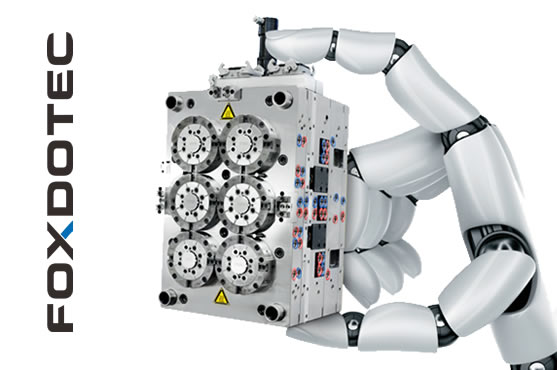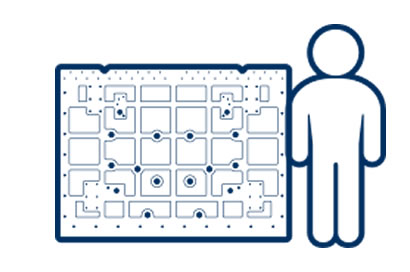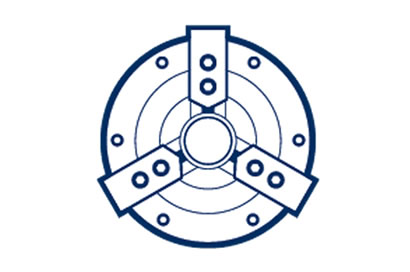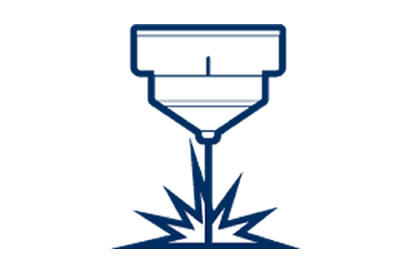Mold Opening Systems
Unlock the potential of seamless molding with our Mold Opening Systems! Engineered for precision and speed, our innovative systems redefine efficiency in mold opening. Say farewell to delays and hello to smooth operations. Elevate your production process with our cutting-edge Mold Opening Systems today
Mold Opening
What is Mold Opening?
Mold opening refers to the phase in the injection molding process where the two halves of the mold are separated after the injected material has cooled and solidified. This separation allows for the removal of the molded part from the mold cavity. The mold opening process typically involves releasing the clamping force that holds the mold halves together, mechanically or hydraulically separating the halves, ejecting the part from the cavity, inspecting the part for quality, and then closing the mold again to begin the next cycle of injection molding. Efficient mold opening is crucial for maintaining production speed and ensuring the quality of molded parts.
Precision Injection Mold


What is the technical features of Mold Opening?
Mold Opening Technical Features
The mold opening process in injection molding involves several technical features that contribute to efficient and reliable operation:
- Clamping Mechanism: The mold opening is facilitated by a clamping mechanism that applies and releases the force necessary to hold the mold halves together during injection and separate them during opening.
- Hydraulic or Mechanical Actuation: Mold opening can be achieved using hydraulic or mechanical actuators, depending on the design and specifications of the injection molding machine.
- Precision Control: Advanced injection molding machines offer precise control over the mold opening process, allowing for adjustments in speed, force, and timing to optimize production efficiency and part quality.
- Ejection Mechanism: Once the mold halves are separated, an ejection mechanism, such as ejector pins or plates, is employed to push the molded part out of the mold cavity.
- Part Removal: Efficient mold opening ensures smooth and reliable removal of molded parts from the mold cavity, minimizing cycle times and reducing the risk of damage to the parts or the mold itself.
- Interlock Safety Systems: Safety features, such as interlock systems, are often integrated into the mold opening mechanism to prevent accidental operation and ensure operator safety.
- Maintenance and Durability: The mold opening system should be designed for easy maintenance and long-term durability to minimize downtime and maintenance costs over the lifespan of the injection molding machine.
By incorporating these technical features, the mold opening process in injection molding contributes to the overall efficiency, reliability, and quality of the manufacturing process.

CNC Machining
CNC machining is a computer-controlled manufacturing process that utilizes pre-programmed software to dictate the movement of machinery and tools. This technology enables the precise cutting, drilling, and shaping of materials such as metal, plastic, and wood to create intricate components with high accuracy and consistency.
Read More
Precision Grinding
Precision grinding is a manufacturing process that involves the removal of material using abrasives to achieve extremely tight tolerances and surface finishes. used to produce components with intricate shapes, precise dimensions, and smooth surfaces. Precision grinding techniques include cylindrical grinding, surface grinding, and internal grinding.
Read More
Electrical Discharge Machining
Electrical Discharge Machining (EDM) is a non-traditional machining process that utilizes electrical discharges to erode material from a workpiece. It is particularly useful for machining complex shapes and hardened materials that are difficult to machine with conventional methods. EDM can achieve high precision and surface quality.
Read MorePrecision machining and manufacturing involve the use of advanced techniques and equipment to produce highly accurate and intricate components with tight tolerances. It requires expertise in machining processes, material properties, and quality control methods to ensure the production of high-quality parts for various industries.
Key Aspects of Understanding Injection Molds
- Design Principles: Understand the principles of injection mold design, including considerations for part geometry, material flow, cooling, and ejection.
- Materials and Construction: Explore the materials commonly used in injection mold construction, such as tool steel, aluminum, and beryllium copper.
- Manufacturing Techniques: Gain insights into the manufacturing processes used to produce injection molds, including machining, EDM, and CNC milling.
- Mold Maintenance and Repair: Learn about the importance of mold maintenance and preventive maintenance schedules to ensure the longevity and performance of injection molds.
- Tooling Standards and Regulations: Familiarize yourself with industry standards and regulations related to injection mold design and manufacturing.
- Advanced Technologies: Stay informed about advancements in injection mold technology, such as rapid prototyping, additive manufacturing (3D printing), and simulation software.
- Cost Considerations: Gain insights into the cost factors associated with injection mold production and learn about strategies for cost optimization.
- Case Studies and Best Practices: Study real-world examples of successful injection mold projects across various industries.
Key Aspects of Understanding Precision Machining
- Processes and Techniques: Explore the various precision machining processes and techniques, including turning, milling, drilling, grinding, electrical discharge machining (EDM), and others.
- Materials: Learn about the different types of materials commonly machined using precision techniques, such as metals (e.g., aluminum, steel, titanium), plastics, ceramics, and composites.
- Tooling and Equipment: Familiarize yourself with the cutting tools, machine tools, and equipment used in precision machining.
- Tolerances and Metrology: Gain insights into tolerance requirements and metrology techniques used to measure and verify part dimensions and surface characteristics.
- Design for Manufacturing (DFM): Explore principles of design for manufacturability (DFM) and how they apply to precision machining.
- Quality Assurance: Understand quality control measures and inspection techniques used in precision machining.
- Applications and Industries: Explore the diverse applications of precision machining across industries such as aerospace, automotive, medical, electronics, and tooling.
- Advanced Technologies: Stay informed about advancements in precision machining technology, including automation, robotics, additive manufacturing (3D printing), and advanced materials.
Precision machining and mold technical documents
Other Downloads
- Technical Parameter 3.9 MB
- Technical Drawing 1.8 MB
